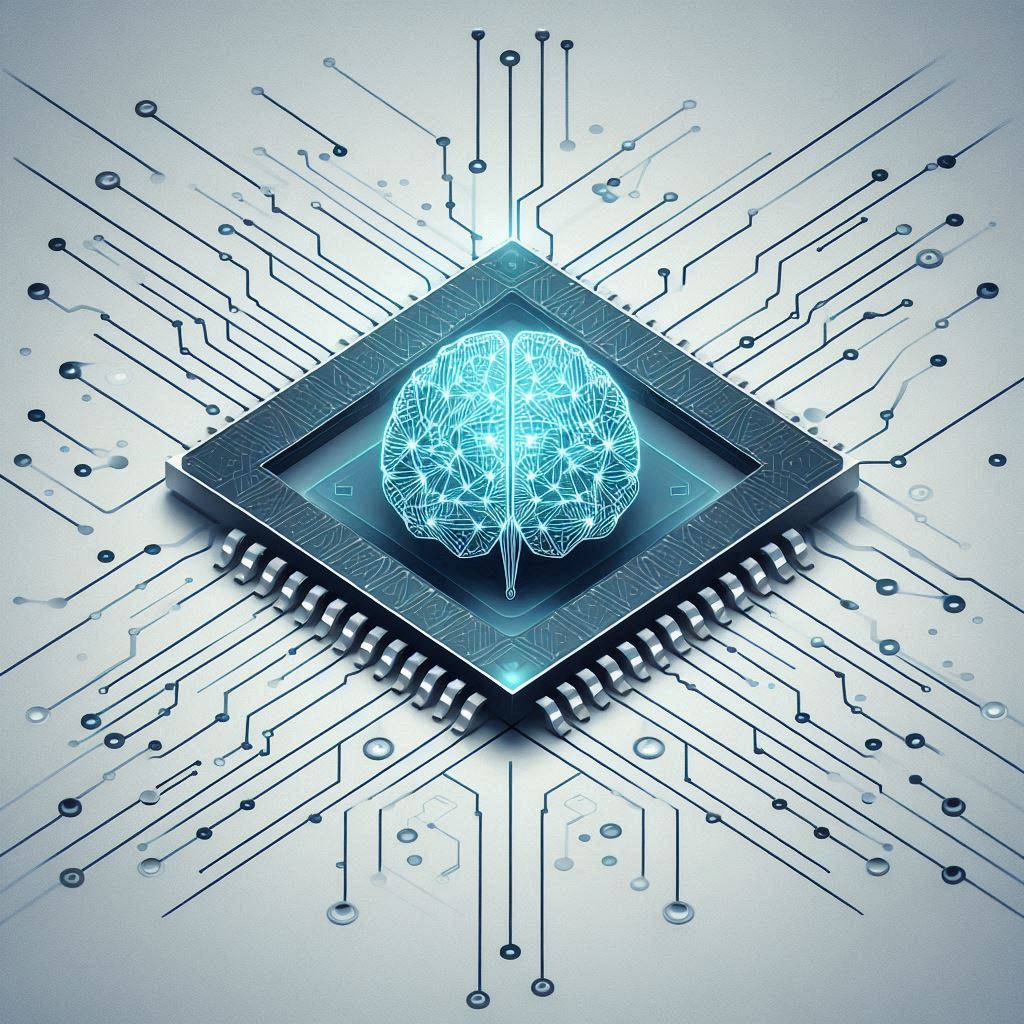
The research introduces SOLOMON, a neuro-inspired reasoning network that enhances large language models' adaptability for domain-specific tasks, demonstrating superior performance in semiconductor layout design through multi-agent oversight and self-reflection.
Large Language Models (LLMs) like ChatGPT have transformed how we interact with AI, from drafting emails to writing code. However, when it comes to domain-specific applications, such as semiconductor layout design, these models often struggle. While they can recite textbook definitions flawlessly, they fail to apply that knowledge effectively in real-world scenarios.
Enter SOLOMON – a Neuro-inspired LLM Reasoning Network designed to enhance adaptability and improve domain-specific reasoning. Developed by researchers from IBM and MIT, SOLOMON tackles the biggest challenge in AI-assisted engineering: bridging the gap between theoretical knowledge and practical problem-solving. 🚀
SOLOMON stands for System for Optimizing Language Outputs through Multi-agent Oversight Networks. It’s a specialized architecture that leverages techniques like Prompt Engineering and In-Context Learning to fine-tune LLMs for complex tasks, such as semiconductor design.
SOLOMON’s design is inspired by human cognition and consists of three core components:
Unlike traditional fine-tuning methods, SOLOMON does not require constant retraining. Instead, it dynamically adapts to new information using real-time adjustments – making it a more flexible and cost-effective solution! 💡
To test SOLOMON’s capabilities, researchers applied it to a real-world challenge: semiconductor layout design. This task requires both spatial reasoning and domain knowledge, something general-purpose LLMs struggle with.
The team designed 25 tasks ranging from basic geometric shapes to complex semiconductor structures. They compared SOLOMON’s performance against five major LLMs, including GPT-4o, Claude-3.5, and Llama-3.1.
SOLOMON’s success in semiconductor design hints at a much larger potential. The researchers envision expanding its capabilities into fields such as:
🔌 Power Grid Optimization – Helping engineers design more efficient electrical grids.
📊 Financial Modeling – Assisting in risk assessment and investment strategies.
🌱 Sustainable Engineering – Optimizing environmental solutions like smart agriculture.
The team plans to improve SOLOMON by:
SOLOMON represents a groundbreaking step toward making LLMs truly adaptable for specialized industries. By mimicking human reasoning and leveraging multiple perspectives, SOLOMON helps bridge the gap between AI’s vast knowledge and real-world problem-solving.
With continued research and refinement, SOLOMON and similar architectures could revolutionize engineering, medicine, finance, and beyond. The future of AI is not just about generating text—it’s about thinking smarter! 🧠💡
🔹 Large Language Model (LLM) – An advanced AI trained on massive amounts of text to generate human-like responses. Think ChatGPT or Claude! - This concept has also been explored in the article "AI-Powered Scientific Discovery: How Large Language Models Are Transforming Research 🤖 🧬".
🔹 Prompt Engineering – The art of crafting smart AI prompts to get better, more accurate responses. Like giving AI the right clues! 🎯 - This concept has also been explored in the article "AI Takes Flight: How Claude 3.5 is Revolutionizing Aviation Safety 🛫🤖".
🔹 In-Context Learning – A technique where an AI learns from examples in a conversation without retraining. It’s like showing a model a few solved puzzles and letting it figure out the next one. 🧩
🔹 Spatial Reasoning – The ability to understand and manipulate shapes, positions, and spaces—crucial for tasks like designing semiconductor layouts. 📐
🔹 Hallucinations (AI Hallucination) – When AI confidently makes up incorrect or misleading information. Oops! 🤖💭 - This concept has also been explored in the article "Generative AI in Medicine: Revolutionizing Healthcare with Machine Learning 🤖 💊".
🔹 Neuro-Inspired AI – AI designs modeled after how the human brain processes information, improving adaptability and reasoning. 🧠⚡
🔹 SOLOMON – A new AI system that helps LLMs think more critically and adapt better to specialized fields, like semiconductor design. 🚀
Source: Bo Wen, Xin Zhang. Enhancing Reasoning to Adapt Large Language Models for Domain-Specific Applications. https://doi.org/10.48550/arXiv.2502.04384
From: IBM T. J. Watson Research Center; MIT-IBM Watson AI Lab.